- All Flags
- Flags of Countries by Continent
-
Flags of Organizations
- Flags of UN countries
- Flags of the European Union countries
- Flags of NATO countries
- Flags of the countries of the Organization of Islamic Cooperation
- Flags of the countries of the Organization of American States
- Flags of the Arab League countries
- Flags of the African Union countries
- Flags of the countries of the Union of South American Nations
- Flags of the Commonwealth of Nations
- Flags of the countries of the Secretariat of the Pacific Community
- Flags of the Nordic Council countries
- Flags of the Caribbean Community
- Flags of the countries of the Association of Southeast Asian Nations
- Flags of the East African Community
- Flags of the countries of the Organization of Turkic States
- LGBT Community Flags
- Historical Flags
- Ethnic Flags
- Flags of the USA (states)
Flag of Austria
The flag of Austria is a striking and historically rich national symbol, renowned for its simple yet powerful design: three horizontal stripes of red, white, and red. This iconic banner is not just a vibrant display of colors; it embodies centuries of Austrian history, a testament to resilience, and a deep sense of national identity. Its origins ar..
Flag of Belgium
The flag of Belgium is a powerful and enduring symbol of a nation known for its complex history, linguistic diversity, and pivotal role in European affairs. Its design, a vertical tricolor of black, yellow, and red, embodies the country's struggle for independence, its monarchical heritage, and the national resilience that has defined its journey. ..
Flag of Bulgaria
The flag of Bulgaria is a proud and instantly recognizable national symbol, embodying the country's rich history, enduring spirit, and aspirations for the future. Consisting of three horizontal stripes of white, green, and red, it represents the Bulgarian people's struggles for independence, their connection to the land, and the sacrifices made for..
Flag of Croatia
The national flag of Croatia is a profound and instantly recognizable symbol of the nation's independence, rich history, and enduring spirit. Adopted on December 21, 1990, in the lead-up to Croatia's declaration of independence from Yugoslavia, and formally recognized as the flag of the independent Republic of Croatia on June 25, 1991, it embodies ..
Flag of Cyprus
The national flag of the Republic of Cyprus is a unique and highly symbolic emblem, designed to represent a unified and peaceful island nation. Adopted in 1960, the year of its independence from British rule, the flag embodies the aspirations for harmony between its Greek Cypriot and Turkish Cypriot communities, a hope that, sadly, has remained lar..
Flag of Denmark
The national flag of Denmark, universally known as the Dannebrog, is not just a national symbol but a venerable artifact, holding the distinction of being the oldest continuously used national flag in the world. Its striking design features a white Nordic cross on a red field, a powerful emblem that has inspired the flags of numerous other Nordic c..
Flag of Estonia
The national flag of Estonia, known affectionately by Estonians as "Sinimustvalge" (blue-black-white), is a powerful and evocative symbol of the nation's identity, history, and aspirations. Its seemingly simple design, consisting of three horizontal stripes of equal width – blue at the top, black in the middle, and white at the bottom –..
Flag of Finland
The national flag of Finland, affectionately known as Siniristilippu (the "Blue Cross Flag"), is a striking and serene symbol of the nation's natural beauty, its deep connection to the Nordic identity, and its hard-won independence. Adopted on May 29, 1918, shortly after Finland gained full independence from Russia in 1917, the flag's design encaps..
Flag of France
The national flag of France, famously known as the "Tricolour" (le Tricolore), is one of the world's most iconic and historically significant national symbols. Comprising three vertical stripes of equal width – blue, white, and red – it stands as a powerful emblem of the French Republic's foundational values: Liberty, Equality, and Frat..
Flag of Germany
The national flag of Germany, a powerful and enduring symbol of unity, democracy, and national identity, is a distinctive tricolour of black, red, and gold (yellow). These colors, arranged in three horizontal stripes of equal width, are far more than just a visual arrangement; they are steeped in the tumultuous and transformative history of the Ger..
Flag of Greece
The national flag of Greece, often referred to as the "Galanolefki" (Greek: Γαλανόλευκη, "blue and white"), is a powerful and instantly recognizable symbol of Greek heritage, independence, and the enduring spirit of its people. Its distinctive design features nine horizontal stripes of al..
Flag of Hungary
The national flag of Hungary is a horizontal tricolor of red, white, and green. This design was officially adopted on October 1, 1957, following its use during the 1848–1849 revolution, with roots stretching back to earlier national symbols. The flag's dimensions are typically in a 1:2 ratio, although historically, variations existed. Each st..
Flag of Ireland
The national flag of Ireland, often called the Irish Tricolour, is a powerful and universally recognized symbol of Irish identity, independence, and the aspirations for peace and unity on the island. Its design is elegantly simple yet profoundly meaningful: three vertical stripes of equal width, green at the hoist, white in the middle, and orange a..
Flag of Italy
The national flag of Italy is an iconic and universally recognized symbol, embodying the nation's rich history, its vibrant culture, and its journey towards unity and independence. Known affectionately as Il Tricolore, its design features three vertical stripes of equal width: green on the hoist side (left), white in the middle, and red on the fly ..
Flag of Latvia
The national flag of Latvia is a profoundly historical and deeply symbolic emblem, reflecting the nation's ancient roots, its enduring spirit of independence, and the sacrifices made to preserve its freedom. Its distinctive design features two dark crimson (maroon) horizontal stripes separated by a thinner white horizontal stripe in the middle. Thi..
Flag of Lithuania
The national flag of Lithuania is a powerful and evocative symbol, embodying the nation's profound historical journey, its enduring struggle for independence, and its vibrant spirit. Its design features three horizontal stripes of equal width: yellow on top, green in the middle, and red at the bottom. This tricolor, a beacon of national pride, was ..
Flag of Luxembourg
The national flag of Luxembourg is a distinctive and venerable symbol, embodying centuries of rich history, enduring independence, and a proud national identity. Its design features three horizontal stripes of equal width: red on top, white in the middle, and light blue at the bottom. While strikingly similar to the flag of the Netherlands, a caref..
Flag of Malta
The national flag of Malta is a unique and historically rich symbol, embodying centuries of resilience, unwavering faith, and enduring national identity. Its strikingly simple yet profound design features two vertical halves: white on the hoist side and red on the fly side. The defining characteristic of the Maltese flag is the George Cross, edged ..
Flag of Poland
The national flag of Poland is a profound and evocative symbol, representing centuries of Polish history, resilience, sacrifice, and the unwavering spirit of its people. With its simple yet powerful design, consisting of two horizontal stripes of equal width: white on top and red on the bottom, the flag embodies the nation's struggle for independen..
Flag of Portugal
The national flag of the Portuguese Republic is a deeply symbolic emblem that encapsulates the nation's rich maritime history, its revolutionary spirit, and its enduring aspirations for a bright future. Adopted on June 30, 1911, following the proclamation of the Republic in 1910, the flag features a striking design composed of two vertical bands of..
Flag of Romania
The national flag of Romania stands as a vibrant and powerful symbol of the nation's tumultuous history, its relentless pursuit of liberty, unity, and justice, and its deep-seated European identity. Consisting of three equal vertical stripes of blue (hoist side), yellow (middle), and red (fly side), the flag's simplicity belies a profound narrative..
Flag of Slovakia
The national flag of Slovakia is a profound symbol of the nation's rich Slavic heritage, its long and often arduous journey toward self-determination, and its unique identity forged through centuries of historical challenges. Adopted on September 1, 1992, and officially codified in the Slovak Constitution, the flag features three equal horizontal s..
Flag of Slovenia
The national flag of Slovenia is a powerful and evocative symbol of the nation's independence, sovereignty, and rich cultural heritage, deeply rooted in its Slavic identity and historical struggles. Adopted on June 24, 1991, shortly before Slovenia formally declared its independence from Yugoslavia, the flag features three equal horizontal stripes ..
Flag of Spain
The national flag of Spain, often referred to as La Rojigualda (the Red-and-Gold), is a vivid and potent symbol that encapsulates the rich, complex, and enduring history of a nation defined by diverse cultures, powerful empires, and a deep-seated sense of identity. Its striking design features three horizontal stripes: red on the top, a wider yello..
Flag of Sweden
The national flag of Sweden, a symbol of profound historical depth and enduring national identity, features a striking design: a yellow Nordic cross on a blue field. This iconic emblem, known formally as the Swedish Flag, is far more than a mere national ensign; it embodies centuries of history, cultural heritage, and the fundamental values cherish..












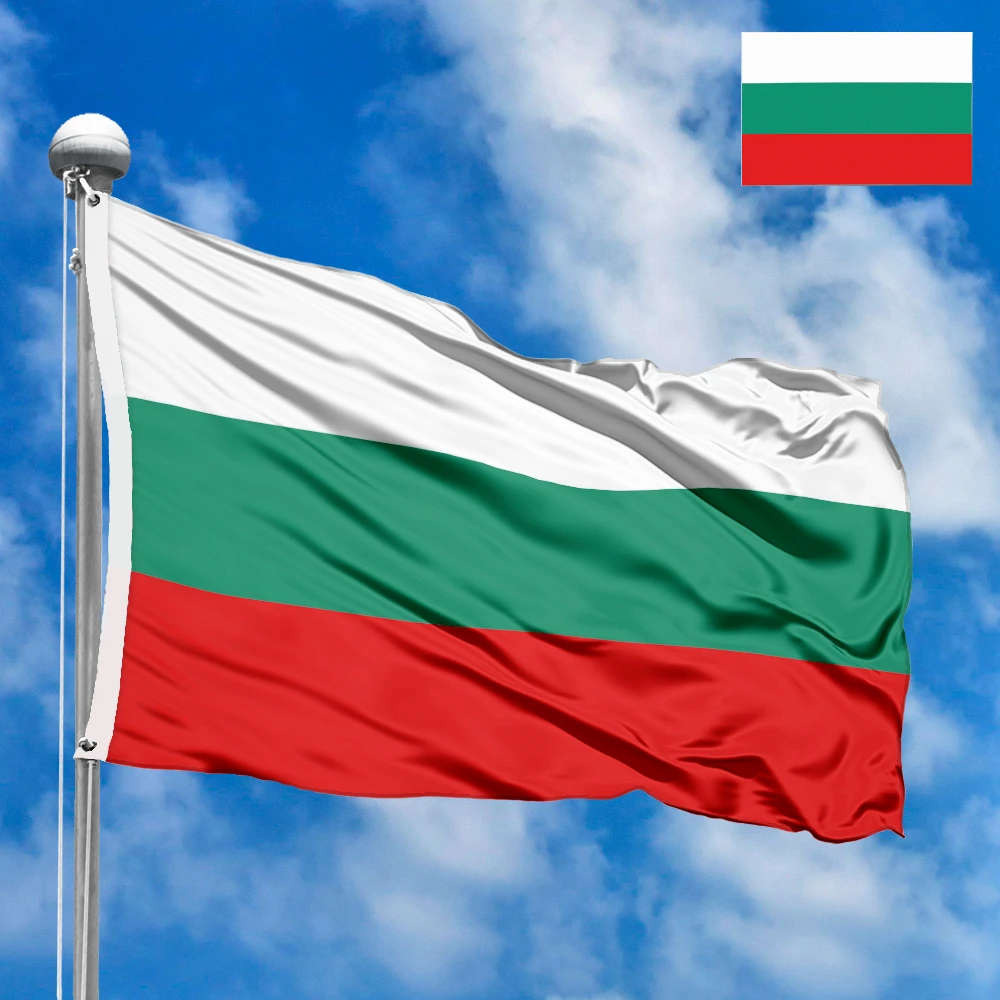



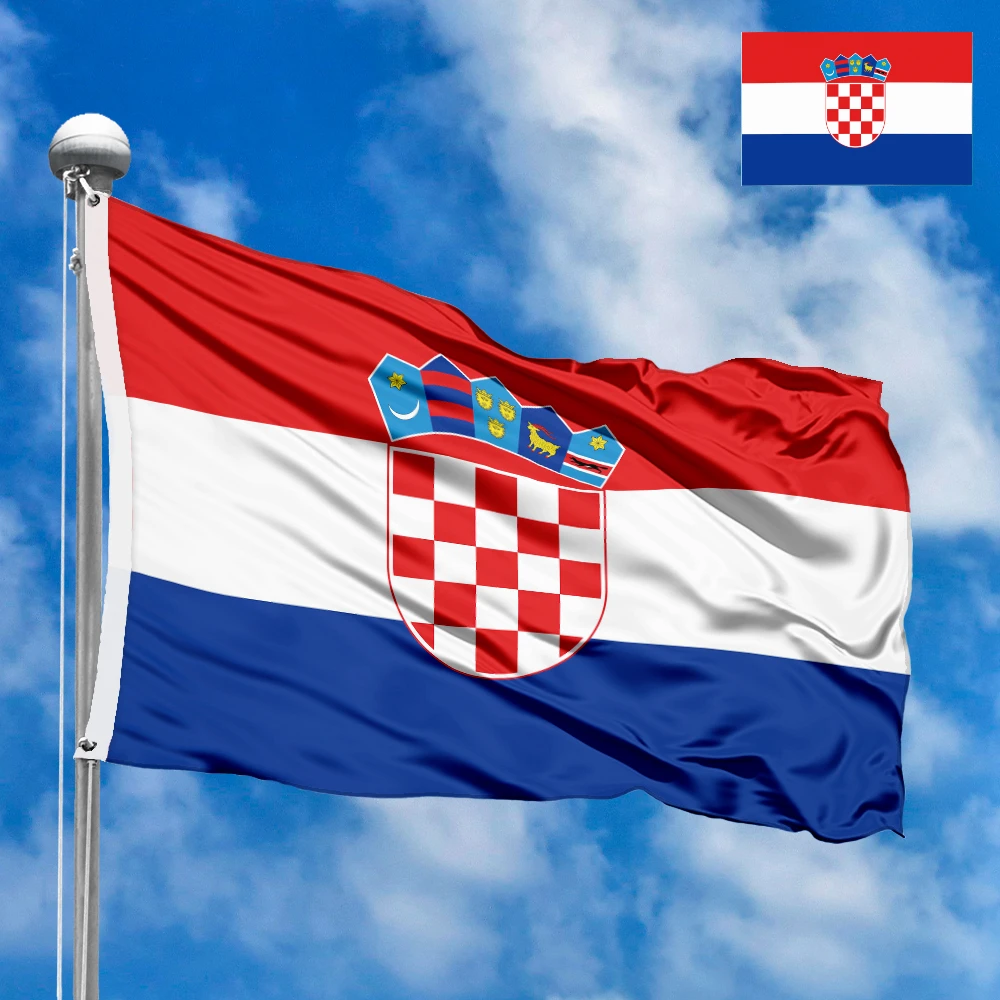























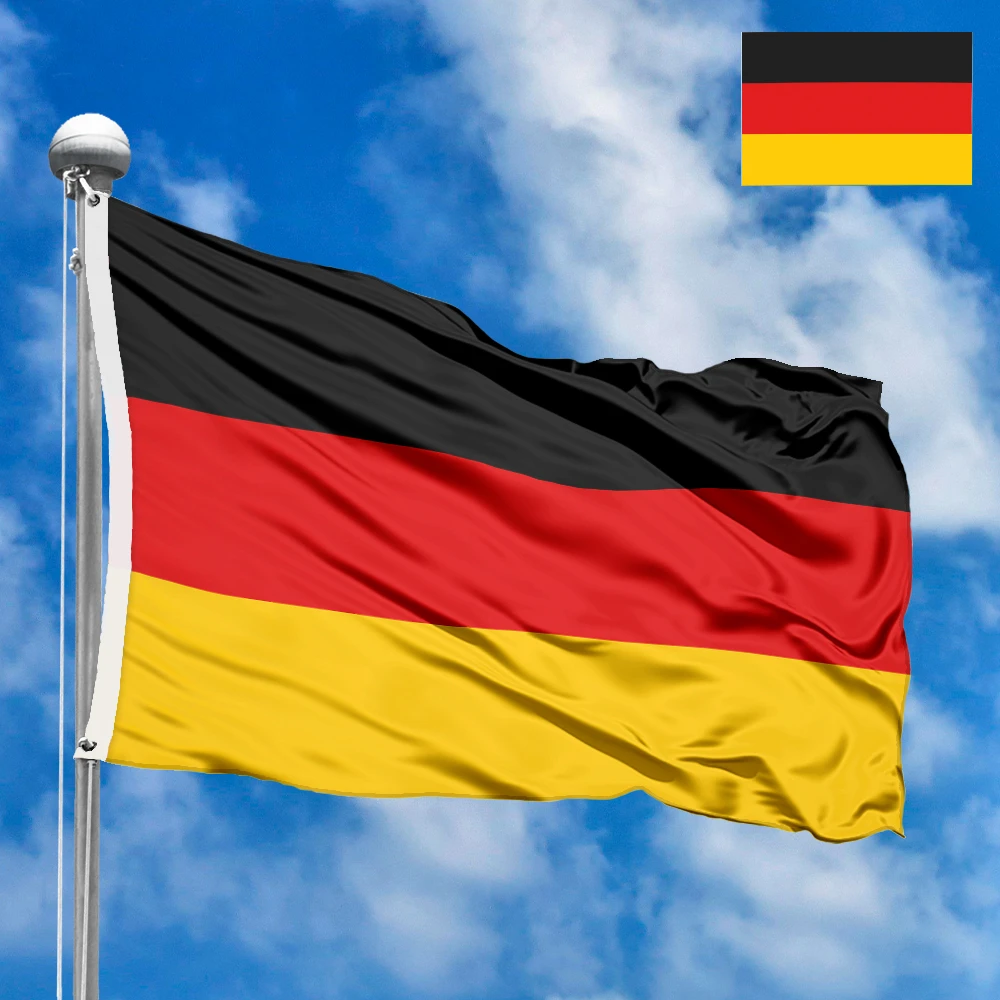



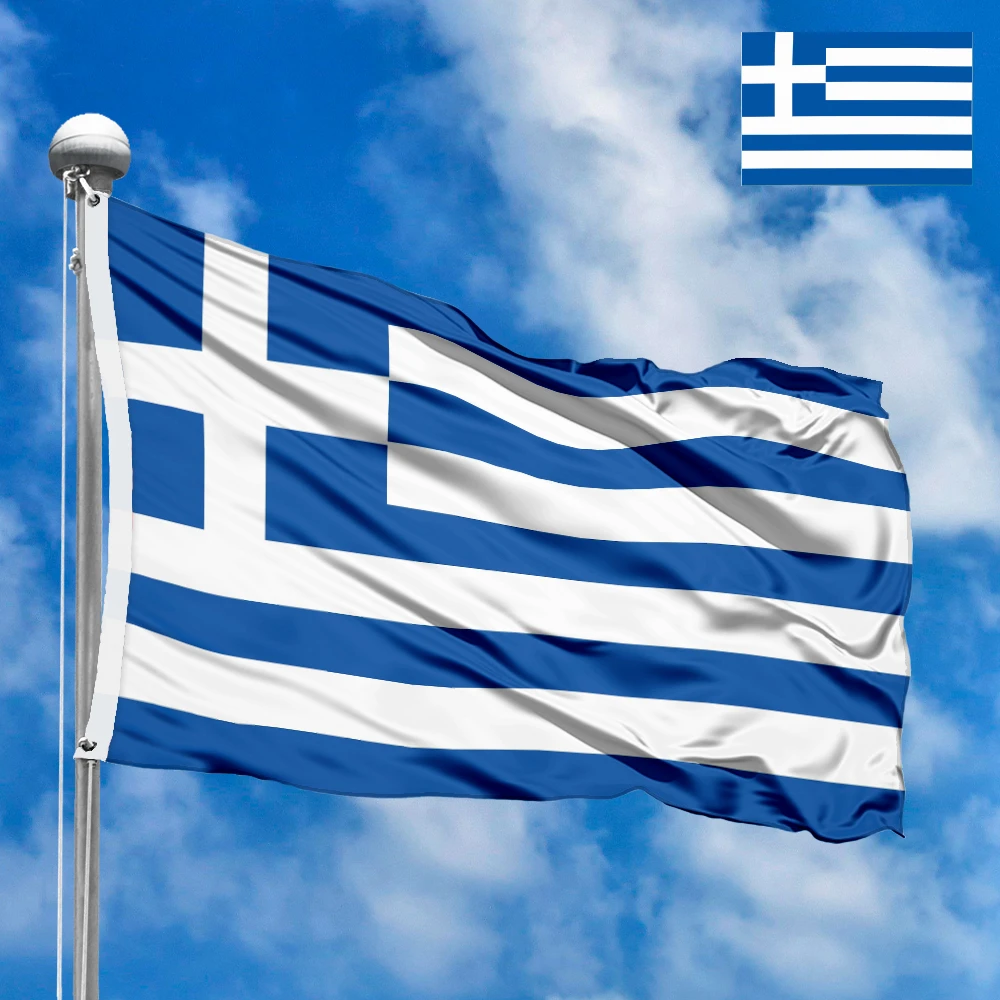



















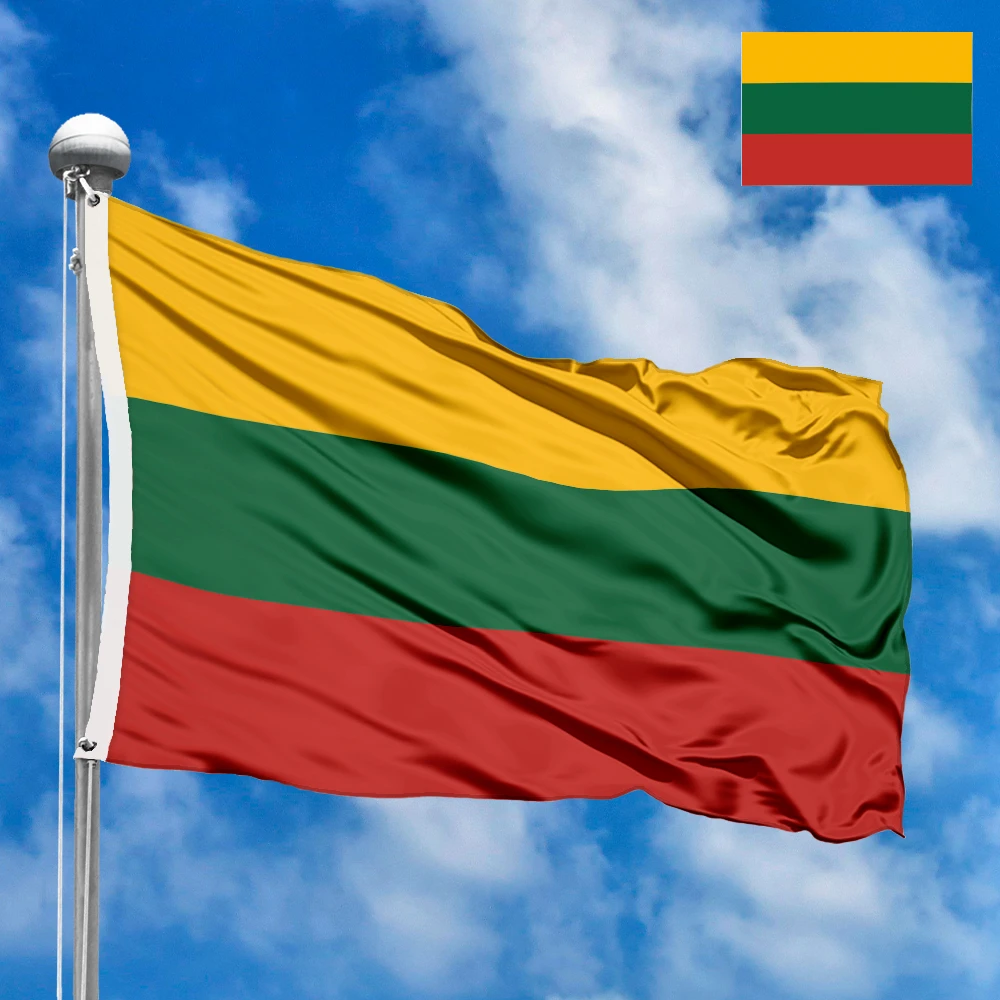



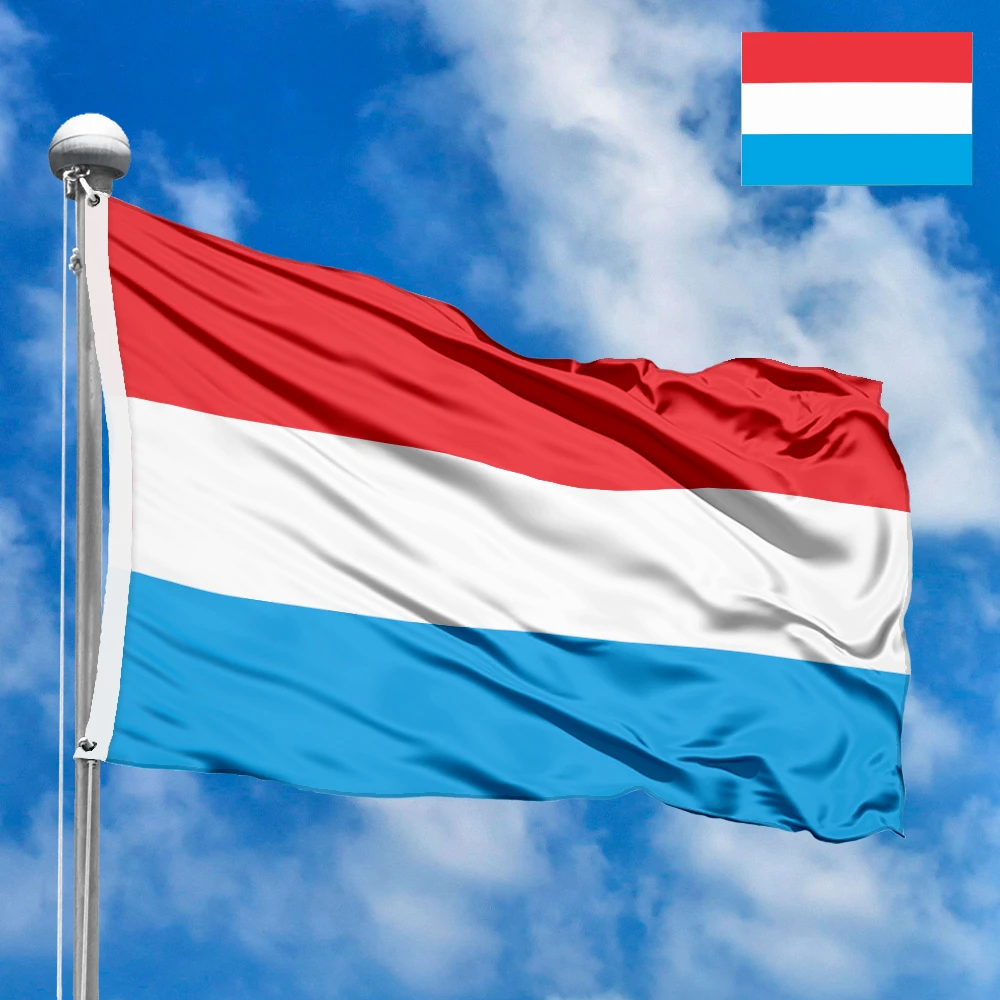







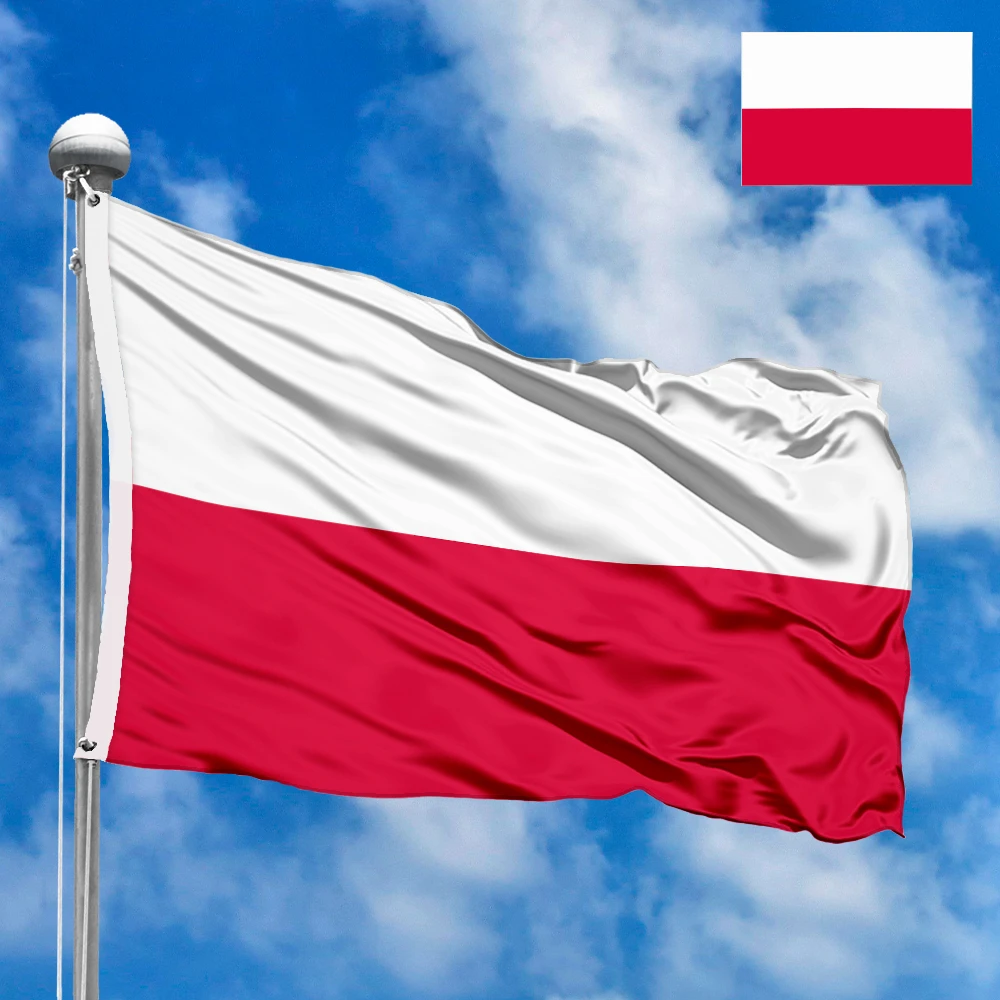



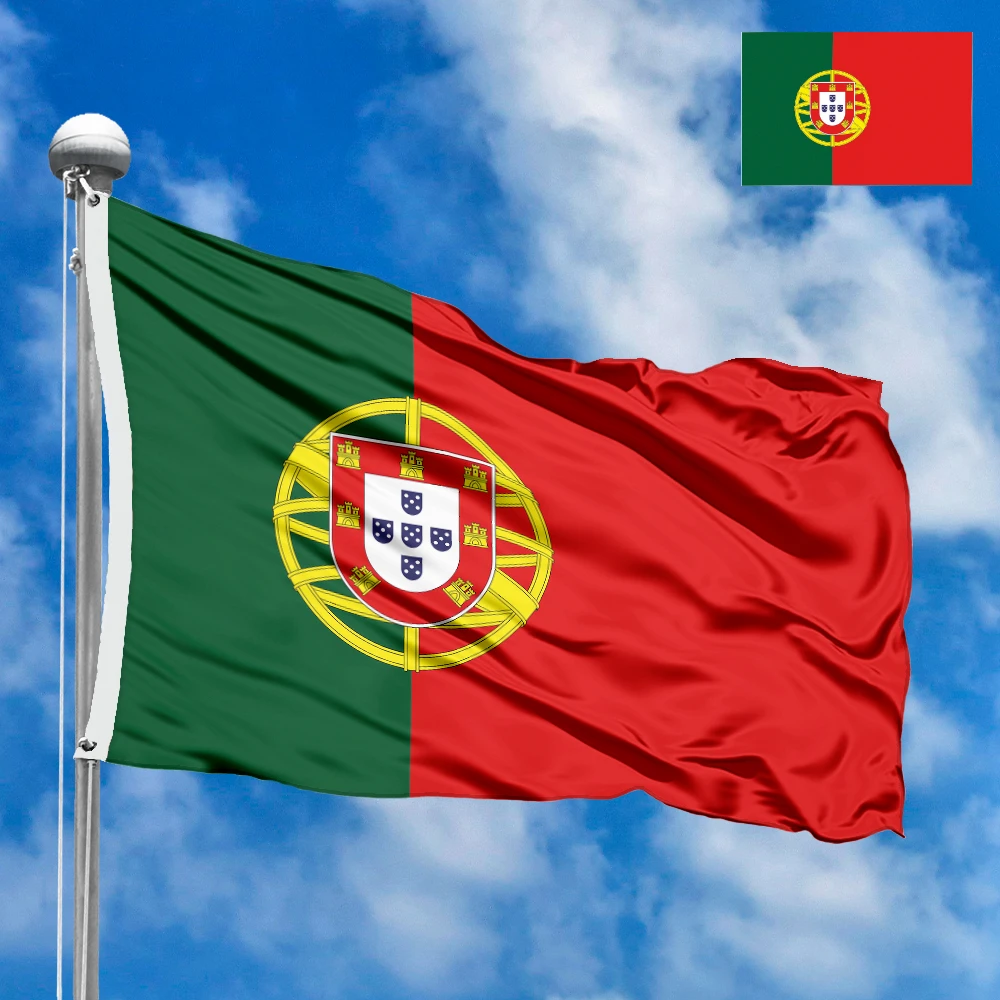



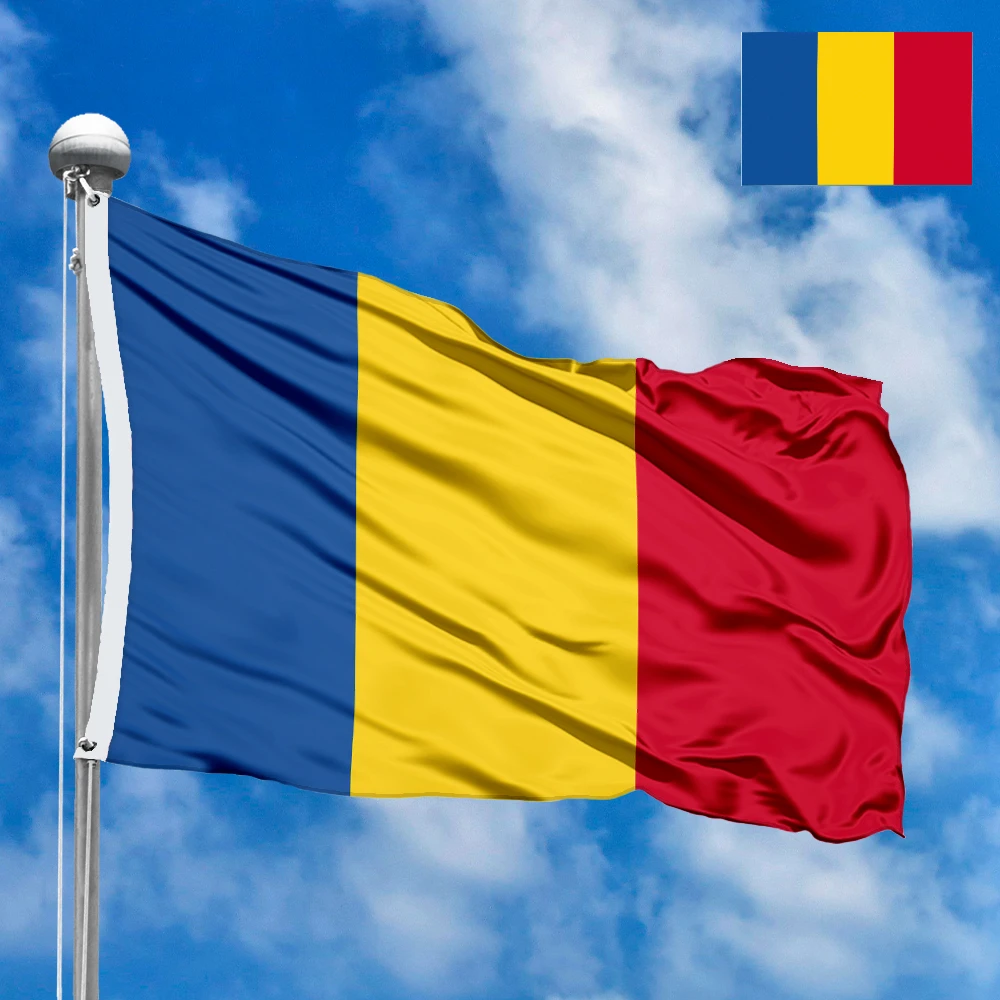











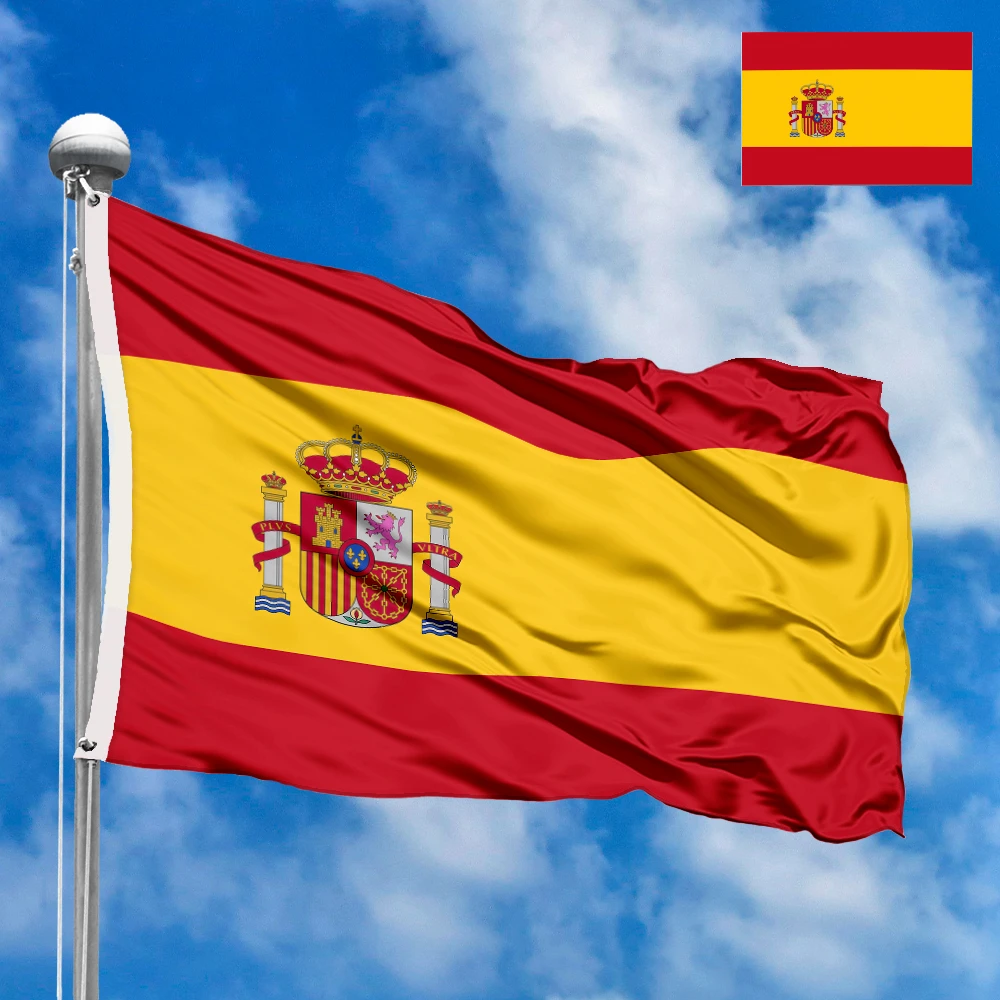



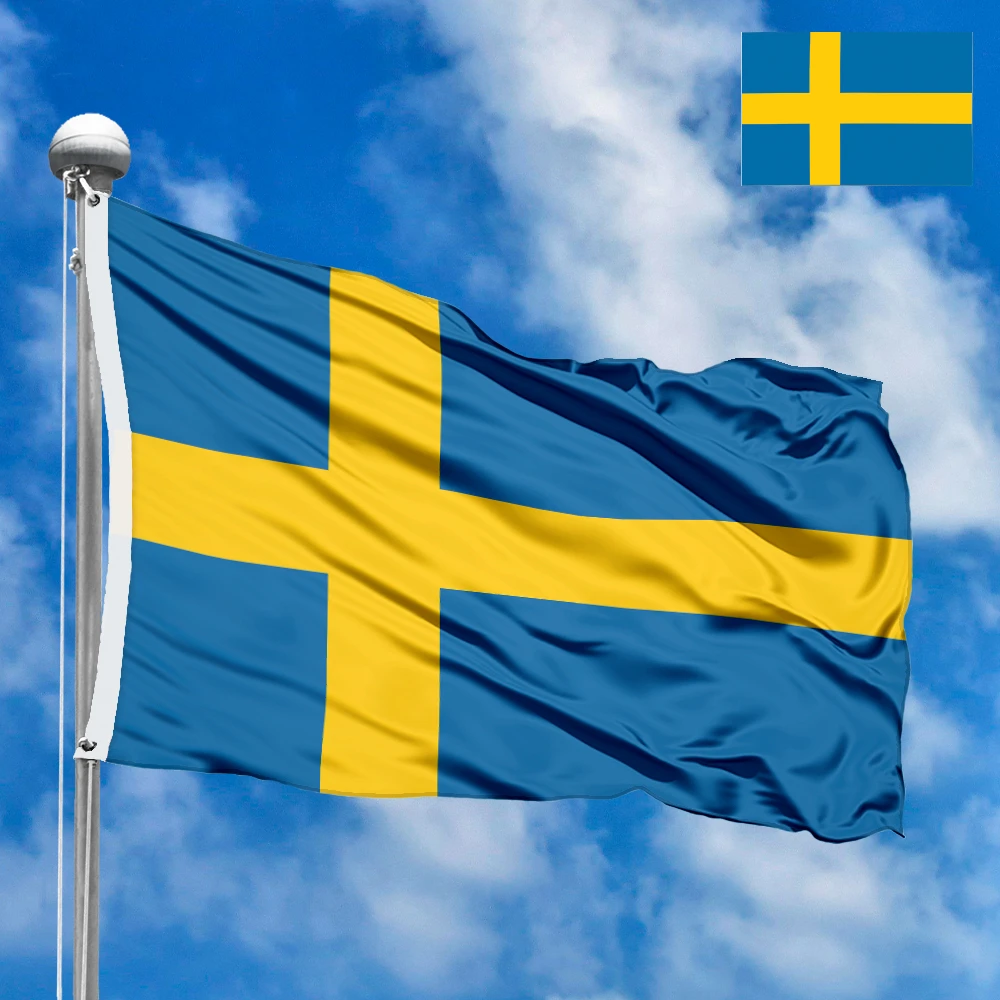
 Flags of Europe
Flags of Europe Flags of Asia
Flags of Asia Flags of Africa
Flags of Africa Flags of North America
Flags of North America Flags of South America
Flags of South America Flags of Australia and Oceania
Flags of Australia and Oceania Flags of Antarctica
Flags of Antarctica Flags of International Organizations
Flags of International Organizations LGBT Community Flags
LGBT Community Flags Historical Flags
Historical Flags Flags of the US States
Flags of the US States Ethnic flags
Ethnic flags